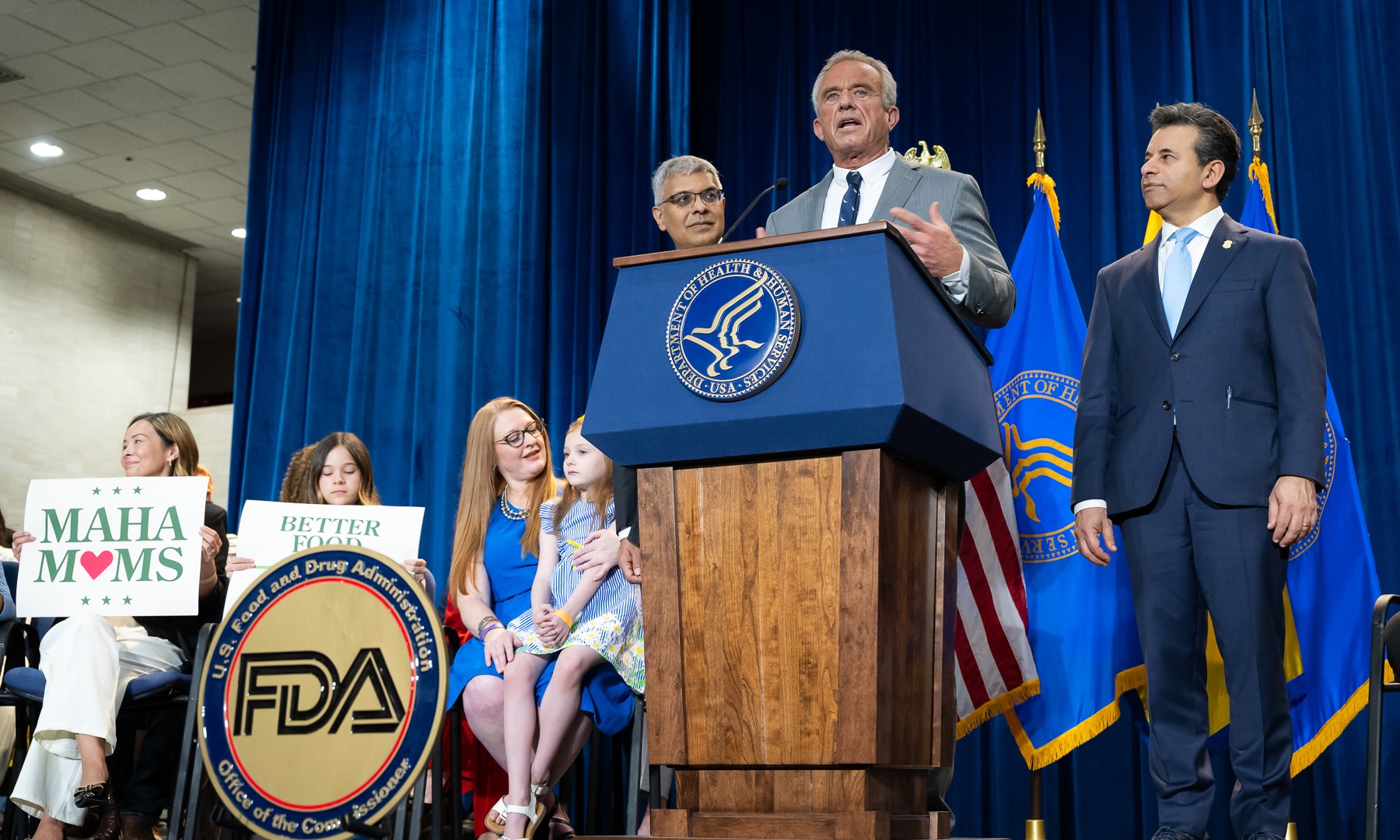Osteoarthritis is one of the most common joint conditions worldwide, affecting millions of people as they age. Characterized by the gradual breakdown of cartilage, it often leads to stiffness, swelling, and pain that interferes with everyday activities. While treatments typically include medication, physical therapy, or in advanced cases, surgery, new research suggests that even a modest adjustment in the way a person walks could significantly ease discomfort. This simple modification offers an accessible and non-invasive option for people searching for practical ways to manage their condition.
Walking is a basic function most people take for granted, yet the mechanics of each step have a direct impact on how weight and pressure are distributed across the joints. For individuals with osteoarthritis in the knees, hips, or ankles, improper gait patterns can worsen symptoms and contribute to faster joint deterioration. Researchers studying the connection between walking style and pain relief have found that consciously changing stride length, foot placement, or posture may redistribute pressure in ways that reduce strain.
One of the most promising findings is that a minor change in foot angle can shift the load away from the damaged areas of the knee joint. By slightly turning the foot inward or outward during walking, depending on the individual’s condition, patients may experience reduced pain during movement. This adjustment can also slow the progression of cartilage damage, as it prevents the same parts of the joint from absorbing repetitive stress. Physical therapists are increasingly teaching these methods to patients as part of customized rehabilitation programs.
Beyond foot angle, altering stride length has also been shown to make a difference. People who take shorter, more controlled steps may find that their knees absorb less shock, reducing discomfort during prolonged walking. Conversely, certain patients benefit from lengthening their stride to improve balance and alignment. The key lies in personal assessment, as each person’s anatomy and condition are unique. Small adjustments tailored to the individual can transform walking from a painful task into a manageable, even therapeutic activity.
These results hold significant value because osteoarthritis lacks a cure, leaving numerous patients focusing on symptom management instead of reversing the ailment. Medications may provide short-term comfort for some but are often accompanied by possible adverse effects. Surgical interventions, like joint replacements, can be very successful, yet aren’t always feasible due to factors such as age, health concerns, or financial constraints. In light of this, adapting something as basic as walking style offers a cost-efficient and low-risk method that enables patients to manage their mobility independently.
The benefits of walking modifications extend beyond joint pain. Proper gait alignment also reduces stress on supporting muscles and ligaments, which often become strained when compensating for weakened joints. By distributing pressure more evenly, the body can maintain balance more effectively, preventing falls and other injuries. Over time, patients who practice these techniques may experience improvements in endurance, confidence, and overall quality of life. In this sense, the approach is holistic, targeting both physical and psychological aspects of osteoarthritis management.
Speaking with healthcare professionals like doctors and therapists, they stress the importance of making these modifications cautiously, preferably with professional oversight. Making changes to how one walks without the proper guidance can cause additional imbalances or discomfort in different parts of the body. For instance, incorrectly shifting one’s weight might reduce knee discomfort but elevate pressure on the hips or spine. This is why healthcare specialists advocate for gait assessments, typically conducted in medical facilities using specialized tools, to determine which adjustments are most advisable for each individual.
Technology is starting to be a factor in expanding access to gait training. Wearable gadgets and mobile apps currently enable individuals to track their walking habits continuously. These devices can offer insights into stride length, pace, and how feet are positioned, facilitating the adoption of improved walking techniques beyond medical environments. As these innovations become more widely available, they might contribute to making gait alteration a typical component of osteoarthritis management.
Importantly, walking adjustments are not meant to replace other treatments but to complement them. Combining gait training with low-impact exercises such as swimming, cycling, or yoga can further reduce joint stress while strengthening the muscles that support mobility. In addition, maintaining a healthy weight continues to be one of the most effective ways to reduce strain on arthritic joints. Together, these lifestyle strategies create a comprehensive plan for managing osteoarthritis without relying solely on medical interventions.
The psychological benefits of regaining control over one’s movement should not be underestimated. Osteoarthritis often leaves individuals feeling limited, frustrated, or dependent on others. Discovering that something as accessible as adjusting how they walk can relieve pain instills a sense of empowerment. Patients report feeling encouraged to stay active, which in turn supports overall health and slows the decline associated with sedentary lifestyles. In this way, a small physical change can spark broader improvements in well-being.
While much of the focus has been on knee osteoarthritis, researchers believe gait modifications may help with pain in other joints as well. Hip and ankle osteoarthritis, though less common, can also benefit from better weight distribution achieved through walking adjustments. Studies are ongoing to determine exactly which strategies work best for different joints, but early results suggest that the principle of shifting pressure away from damaged areas is widely applicable. This raises hope that a simple method could improve life for people with diverse forms of arthritis.
Although there is a sense of hope, specialists warn that not all patients will observe significant outcomes. The intensity of osteoarthritis differs greatly, and those with severe joint deterioration might still need either medical or surgical solutions. Nevertheless, even in serious conditions, gait retraining can offer partial relief and aid in recuperation after medical procedures. For those recently diagnosed or experiencing mild to moderate symptoms, incorporating walking adaptations early on can potentially postpone the necessity for more invasive treatments in the future.
Looking to the future, integrating gait modification techniques into public health messaging could reduce the overall burden of osteoarthritis. With healthcare systems facing increasing demand due to aging populations, cost-effective interventions that patients can apply themselves are highly valuable. Educating the public about how small adjustments in daily activities can protect joint health may help reduce the prevalence of disability associated with the condition. Public awareness campaigns, coupled with advances in digital monitoring, could make gait training a mainstream component of arthritis care.
The statement that a small adjustment in walking technique can alleviate osteoarthritis discomfort emphasizes the promise of simple, daily solutions in healthcare. Rather than depending exclusively on drugs or surgical alternatives, patients can incorporate their own actions into the therapeutic process. By collaborating with specialists, utilizing current technology, and maintaining regularity, individuals have a chance to regain freedom of movement. In a society where long-term ailments frequently seem insurmountable, finding that ease might be as close as just one stride instills hope and strength.



